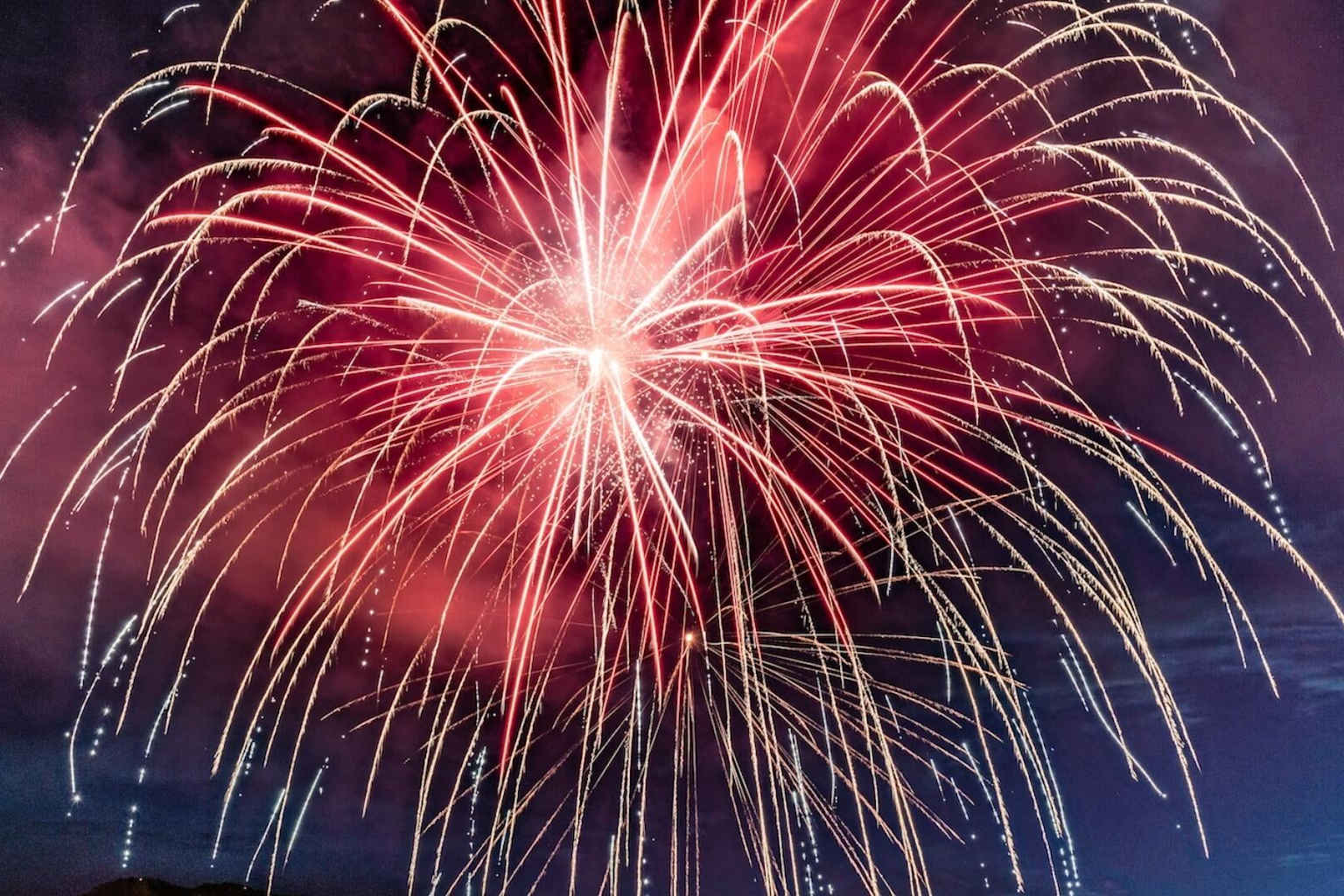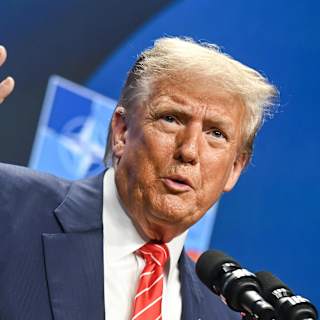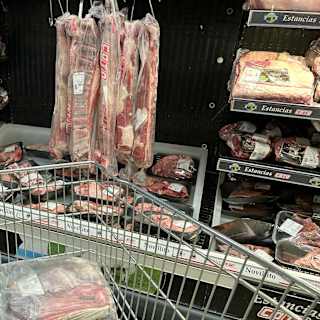- Retailers Shield Consumers This Year
- Industry Warns of Future Impact
- 2026 Concerns Mount
As Americans prepare for tomorrow's Independence Day celebrations, the fireworks lighting up the nation's skies carry a hidden cost burden from escalating trade tensions with China. While this year's celebrations will proceed largely unaffected by price increases, industry leaders warn that the 2026 festivities marking America's 250th birthday could face dramatic cost increases due to ongoing tariff disputes.
Current tariffs on Chinese fireworks imports stand at 35.3%, down from a peak of 150.3% earlier this year, but the relief is temporary and set to expire in August. The tariff structure includes a baseline 5.3% rate, a 20% surcharge related to the opioid crisis, and a 10% trade-related tariff that was reduced from 125% in May.

Most fireworks retailers have absorbed the current tariff burden to maintain stable pricing for 2025. Phantom Fireworks Vice President Bill Weimer told News4JAX that the company will keep 70 to 75% of products at last year's prices, with only 25 to 30% seeing adjustments1. "We're not going to pass it all on," Weimer said1.
Barbara Whiteside, owner of Circle City Fireworks, explained to WRTV that her company ordered inventory before most tariffs took effect and "ate the cost" of later purchases to avoid passing increases to customers2. Bruce Zoldan, CEO of Phantom Fireworks, told Axios that sales are running nearly 30% higher per day than last year as consumers rush to buy before potential shortages3.
The fireworks industry faces a supply chain almost entirely dependent on China, with 99% of consumer fireworks and 90% of professional display fireworks imported from there, according to Julie Heckman, executive director of the American Pyrotechnics Association1.
Industry leaders have renewed lobbying efforts, writing to President Trump about fireworks' role in American celebrations and noting that most companies are family-owned businesses locked into long-term contracts that prevent quick price adjustments2.
Looking ahead to next year's 250th anniversary celebrations, retailers project dramatic price increases if current tariffs remain. "What you're paying for a firework today, let's say this box is $30 next year, this box will be $60," Whiteside told WRTV1.
"If the tariff increases again back up to triple digits — let's say 145% — it will cripple this industry," Heckman told Axios2. The timing compounds concerns, as China typically halts fireworks production during summer months due to safety risks, creating a narrow import window for U.S. companies2.
"If they stay in place, what we're looking at is probably a 100% price increase," Whiteside said1.



